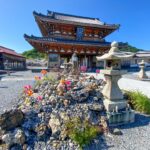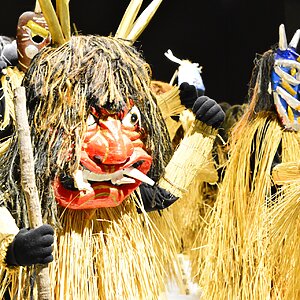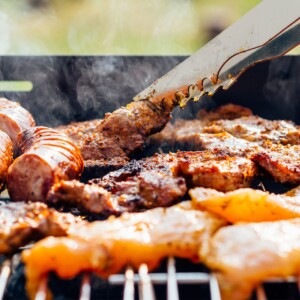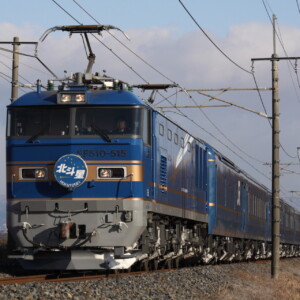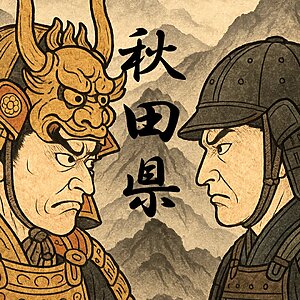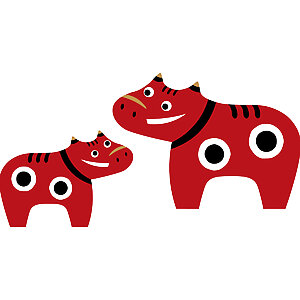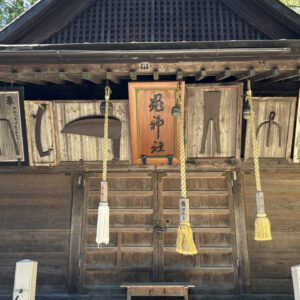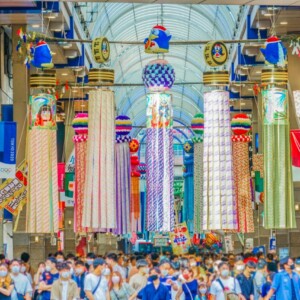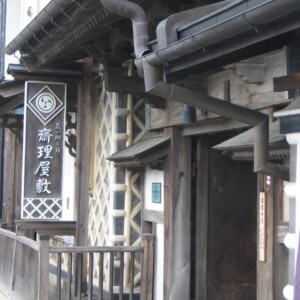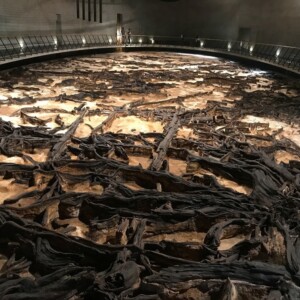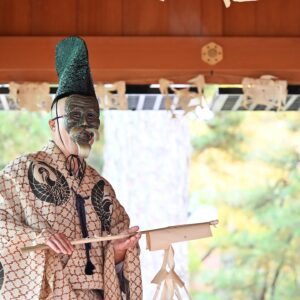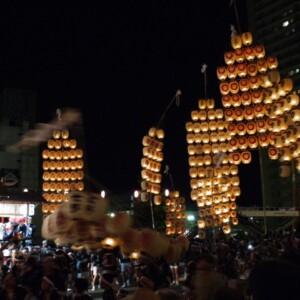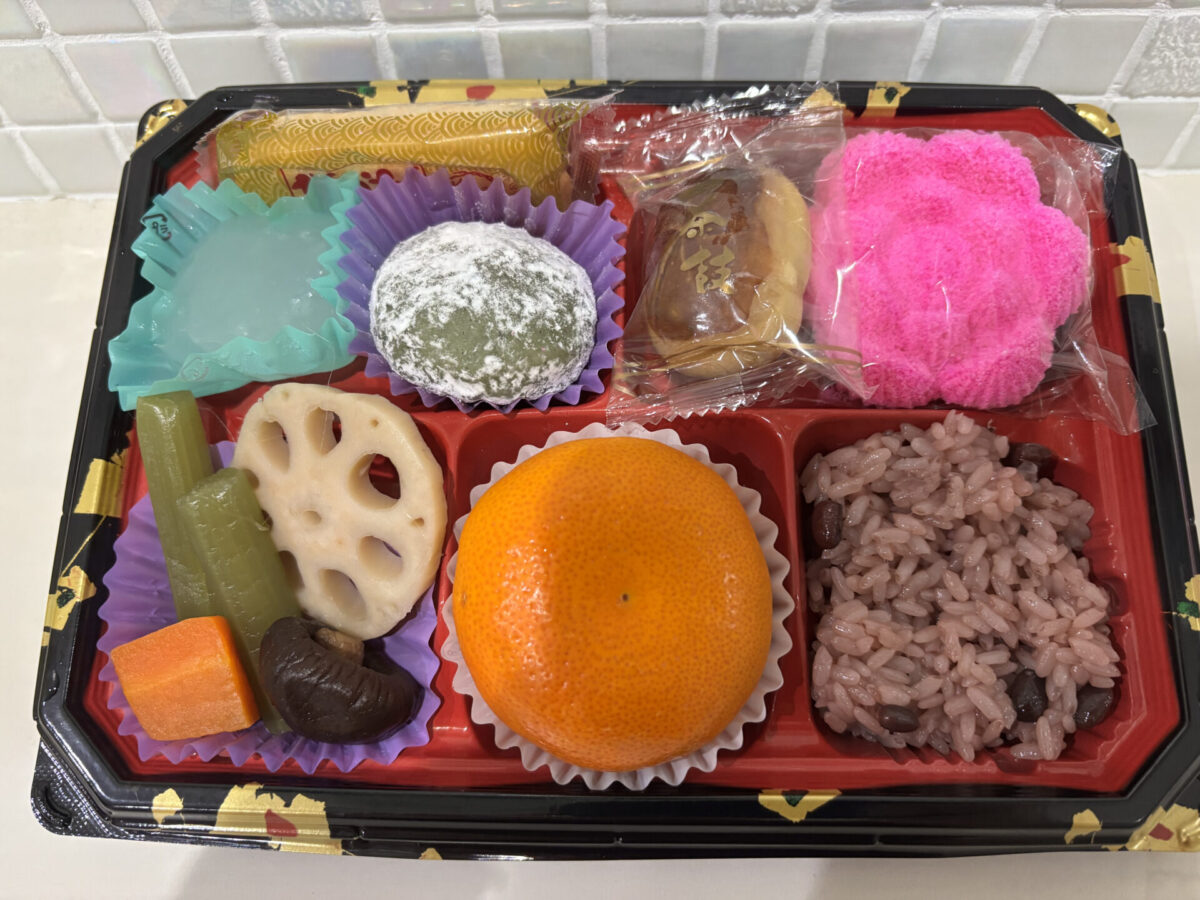
[Aomori] What is Hokaiori? Tsugaru's Obon customs are colorful and unique
table of contents
When you think of Obon, many people imagine quietly visiting graves and welcoming their ancestors. However, in Tsugaru, slightly more flashy and lively customs remain, such as eating in front of graves and welcoming ancestors with colorful Obon decorations. This time, we will introduce Obon unique to Tsugaru.
Colorful Obon customs unique to Tsugaru
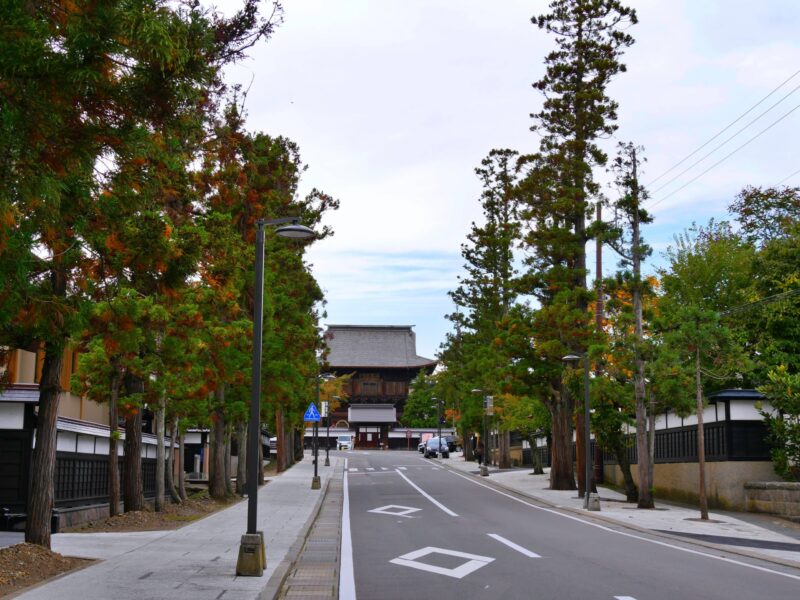
"Obon is a day to quietly welcome our ancestors, right?"
Those who think so might be surprised when they see Obon in Tsugaru. It's a very colorful event, with people eating in front of the graves and putting up flashy decorations. Rather than being somber, it's a lively time filled with smiles.
For example, here are some Obon customs seen in Tsugaru.
- Law break
- Dining at the grave
- "Arare" scattered on graves
- Colorful lanterns for the Bon Festival
From here, we will introduce in detail the unique Obon customs of Tsugaru.
When you think of Obon in Tsugaru, you think of "Hokkaiori"!
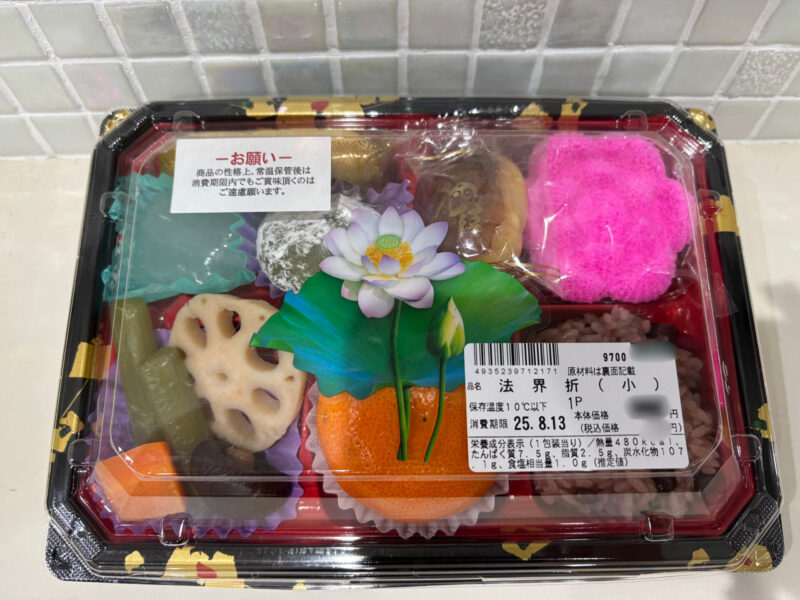
A common offering seen during Obon in Tsugaru is " Hokaiori ."
It looks like a bento box, but the contents are basically vegetarian cuisine, with no meat or fish. There is nothing flashy or feast-like about it, but rather a simple and calming array of food. This is a remnant of the importance of offering prayers to ancestors, and is a style unique to Tsugaru that has been passed down for a long time.
The contents of the Hokaiori vary from household to household.
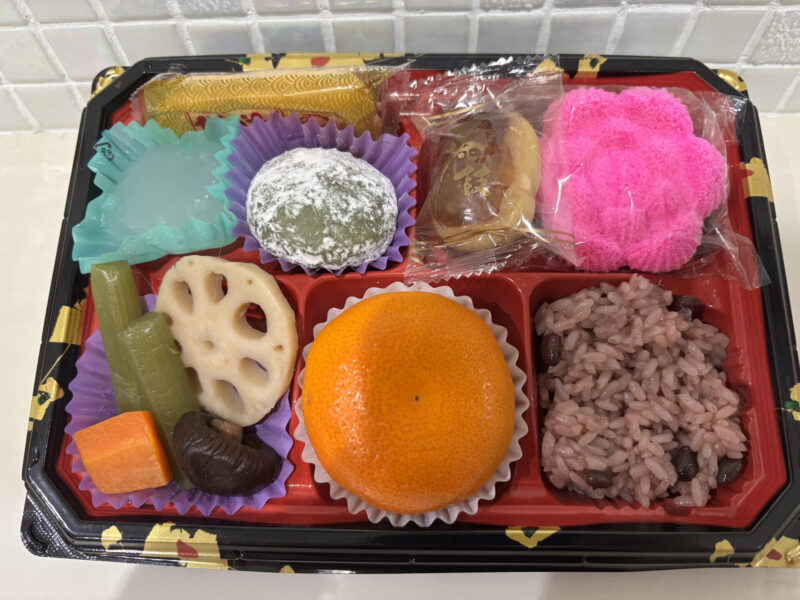
The contents vary slightly depending on the region and household, but the standard items are red rice, simmered dishes, rakugan (rakugan sweets), and monaka (bean-jam wafers). Some families also add seasonal fruits and vegetables, such as tomatoes and corn. When relatives gather together, this is the time of year when casual conversations are sparked, with people saying things like, "We put in corn this year," or "Those tomatoes look sweet."
However, dishes like sekihan and nishime take time to cook, so they must be prepared the day before. For this reason, hokaiori are now sold in supermarkets.
Eating at the grave and offering prayers for ancestors
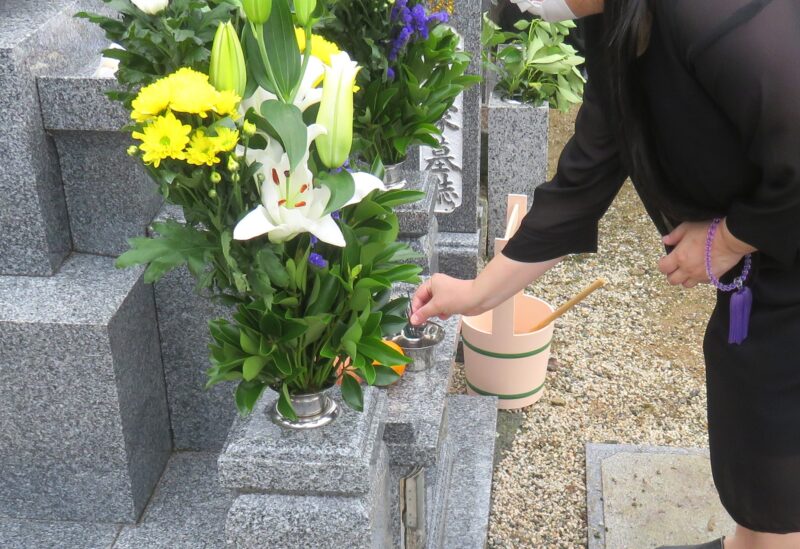
During Obon in Tsugaru, there is a custom of offering hokaiori at the graves and then eating them on the spot. This may seem shocking to people from outside the prefecture when they see it for the first time, but it is a completely normal practice for locals. Not only the hokaiori, but also the fruit and sweets that have been offered are shared and eaten by everyone.
When I was a child, the graves because I thought it was a day when I could eat delicious food, but as an adult, I realized that this is a rare custom nationwide.
Why eat at a graveside?
This custom is said to have continued since the Sengoku period. It seems that the custom of eating in front of graves was already in place during the time of Tsugaru Narinobu, the first lord of the Tsugaru domain. By eating beside ancestors, one could directly convey feelings of gratitude and remembrance. This may have been the meaning behind it. By "sharing" a meal, it was also a time when one could feel a connection with their ancestors.
In recent years, fewer people are eating at graves.
However, in recent years, this custom is gradually disappearing. Even if offerings are made, it has become common to take them home rather than eat them there. As it is a hot season, some families dispose of the offerings without eating them when they get home, partly to prevent food poisoning. Furthermore, an increasing number of cemeteries are banning offerings altogether to prevent damage from crows and other wild animals.
Do you sprinkle "arare" on graves to purify spirits?
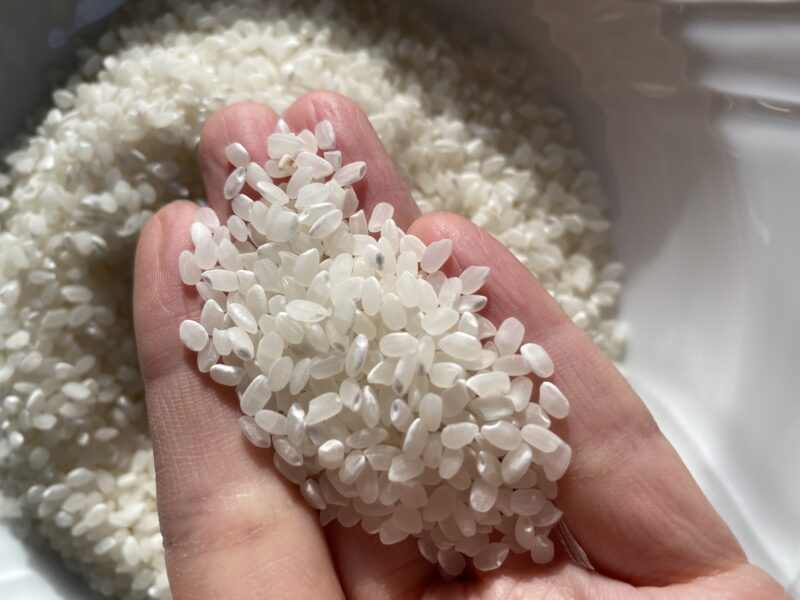
When visiting graves in Tsugaru, you will see people scattering diced radishes, carrots, and rice.
In fact, I also remember being urged by my grandmother to scatter rice and daikon radishes around graves when I was a child. This is called " arare ," and daikon radishes and carrots, which are meant to resemble rice, are scattered around the grave along with the rice as an offering. What is scattered varies depending on the region: daikon radishes and carrots in Aomori City, Goshogawara, and Ajigasawa, cucumbers in Nakadomari Town, daikon radishes in Hirosaki City and Owani Town, and so on. Of course, it probably differs depending on the region and sect, but it is an interesting custom.
Why do we sow rice, radishes, and carrots?
" scattering rice is a sign of respect for the Buddha's relics and has the effect of purifying spirits ," and this may be related to the Tsugaru arare custom. Also, since it is scattered around graves, it is thought to be an offering to other spirits that gather around the graves. In any case, "arare" is likely an offering to spirits.
Colorful lanterns decorate the Tsugaru Obon festival
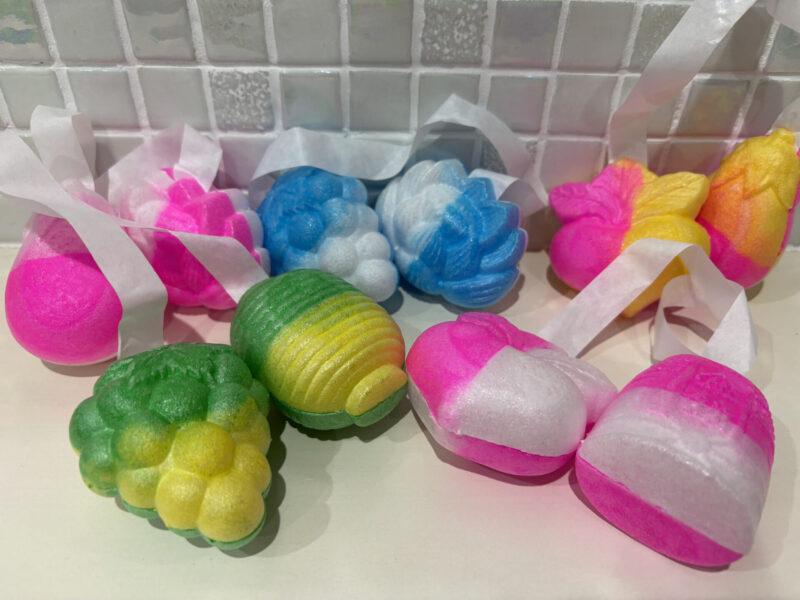
lanterns appeared in the Shimokita article are also a standard Obon decoration in Tsugaru. Made from cornstarch, glutinous rice, and food coloring, they feel like the skin of a monaka (Japanese sweet bean paste) wafer. I once tried one out of curiosity, but it was tasteless and not at all tasty.
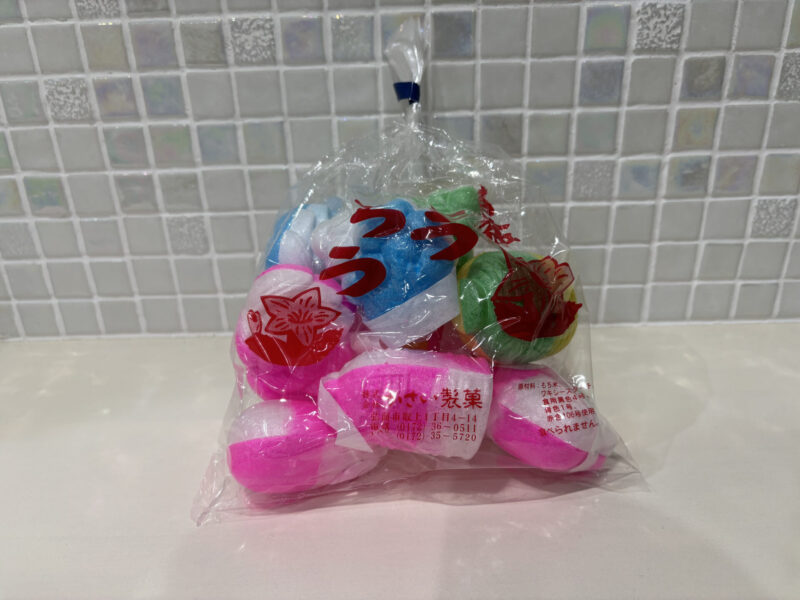
In fact, these lanterns are not only used in Tsugaru and Shimokita, but also in Hokkaido, Akita Prefecture, and parts of Yamagata. However, the ones in Tsugaru are larger than those in other regions, and come in a variety of shapes and colors. Comparing the decorations of each house is one of the joys of this time of year. Even in the somber atmosphere of Obon, you can feel the gaiety and playfulness that is unique to Tsugaru.
summary
The ritual of hokaiori, meals in front of the grave, scattering "arare" (snow cemetery delicacies) on the grave, and the large, colorful lanterns - all of these are customs that are not just about quiet prayer, but also about remembering our ancestors by looking, eating, and participating. These cultures are part of the Tsugaru summer tradition, passed down through generations, and we hope to preserve them for the future.



